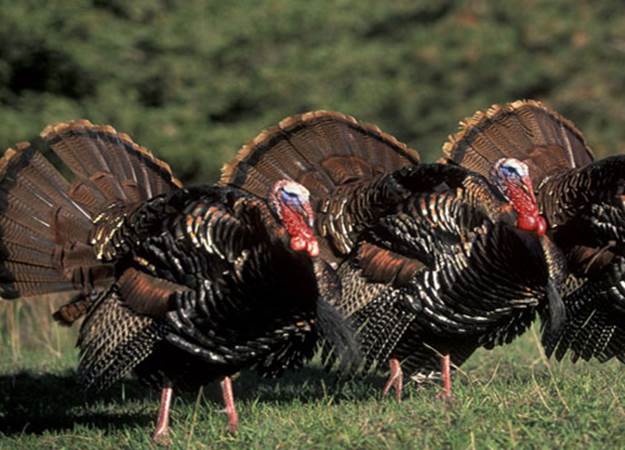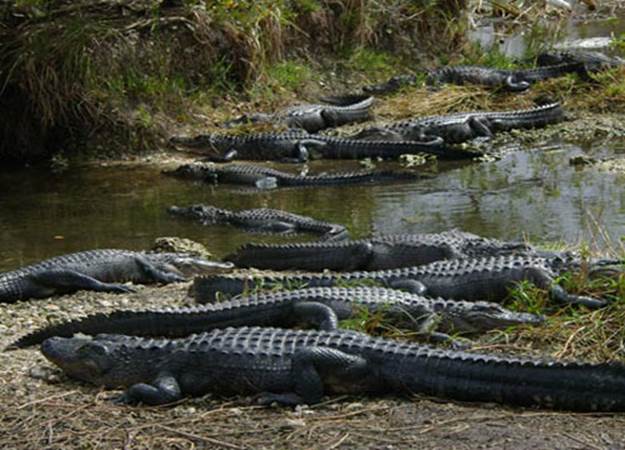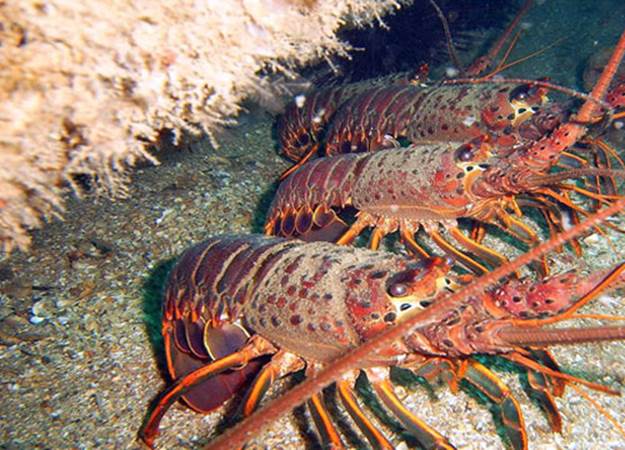UNUSUAL NAMES FOR GROUPS OF ANIMALS
Added on: 1st Jul 2015
A CAULDRON OF BATS

Recent studies have shown that bats are highly socially intelligent
creatures that maintain relationships for extended periods of time.
Of course this may seem obvious given that they usually reside in
large groups, with complex social interactions like those seen
among primates, elephants and dolphins etc.
A CREAM OF TURKEYS

Turkeys are highly social animals that live in “flocks” with a
very recognizable pecking order.
A CONGREGATION OF ALLIGATORS

These long-lived territorial creatures are actually highly sociable
and display a wide range of complex behaviour.
AN AUDIENCE OF SQUID

While some species of squid are extremely solitary, others exhibit
advanced social relationships with complex communication
among group members.
A TOWER OF GIRAFFES

Giraffes are non-territorial, social animals. They live in open herds
with no specific leader and generally there is a lack of
co-ordination in herd movement.
A RISK OF LOBSTERS

If you see one lobster, chances are you’ll probably see more.
They are very social animals and tend to live in close
proximity to one another.
A POT OF WATER BUFFALO

Water buffalo have been known to form herds that range
anywhere from 10 members to over 100.
A SHIVER OF SHARKS

Although it is rare, sharks do congregate from time to time.
For the most part, however, the stigma holds true as they are
highly independent and solitary predators with even the
offspring of some species left to fend for themselves.

Comment on this